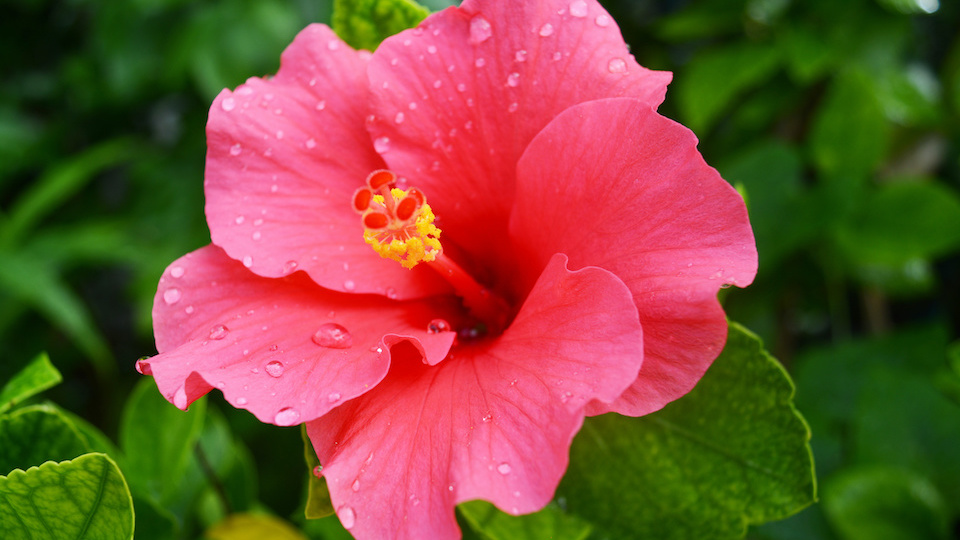Flowers add beauty to the environment, but the colorful blossoms may have added benefits that you haven’t considered. Many familiar flowers are edible, and they’re often chock full of flavor and nutrients.
Folks around the world have integrated edible flowers into their diets for centuries, and the idea has recently gained new interest in the United States. Here are eight edible flowers you can easily incorporate into your diet:
Edible Flowers You May Have in Your Backyard
Dandelions: You may think dandelions are good-for-nothing plants that cause ongoing headaches for homeowners, but every part of the plant is highly nutritious, including the flowers, stems, leaves, and roots. Michigan State University Extension says the leaves, like any other deep leafy greens, are rich in vitamins A and B2 and C, with more iron than spinach.
Bread and fry the flowers, add them to green salads or make dandelion wine, tea, or jelly. Pile the leaves on sandwiches or enjoy them sauteed or boiled.
Purslane: Don’t pull this ground-hugging plant before you give it a chance in the kitchen. The succulent leaves are rich in vitamins, minerals, amino acids, and antioxidants; and most importantly, provide generous amounts of Omega-3 fats, critical for human growth and disease prevention.
In fact, University of Connecticut’s Plant Science and Landscape Architecture Extension calls purslane “A power food of the future.” The tender leaves and stems have a mild flavor and can be added to other greens or alone, either cooked or fresh. The leaves are also easy to freeze or dry for use throughout the year.
Squash blossoms: Zucchini and other types of summer squash are healthy and delicious, but don’t discount the blossoms. Although you can eat them raw or chopped in salads, squash blossoms are an extra special treat baked and stuffed with soft cheese and herbs, or dipped in batter and fried.
University of California Cooperative Extension recommends eating male blossoms, as only female blossoms produce fruit. Be sure to leave a few male blossoms on the plant for pollination purposes. How do you tell the difference? Female blossoms have a thick stem and a tiny, developing squash at the base of the bloom. Male blossoms have thinner stems.
Hibiscus: If you live in a tropical climate and you have hibiscus in your backyard, you’re in for a real treat. Eat freshly picked blooms, add them to salads, or use them to make relish or jams. The most popular use for hibiscus blossoms is hot or iced ruby-red tea, which provides a refreshing, cranberry-like flavor.
According to California State University’s Magaram Center for Food Science, Nutrition and Dietetics, hibiscus flowers are packed with antioxidants, Vitamin C and minerals, and are used to improve circulation, treat loss of appetite, or as a mild laxative.
Lavender: This old favorite is delicious in teas, liqueurs, syrups or baked goods.
Marigolds: The peppery golden-orange marigold blooms add color and flavor to pasta, rice, soups, and salads. (Only the petals are edible.)
Chrysanthemums: Sprinkle the tangy flowers on salads or incorporate them into vinegar.
Nasturtiums: Bright nasturtium blooms have a slightly spicy, peppery flavor that adds zing to salads or as an attractive garnish for desserts.
Johnny-jump-ups: Lovely little purple, white and yellow johnny-jump-up flowers are slightly minty, ideal for sprinkling or ice tea or desserts, or mixing into soft cheeses.
Tips on Enjoying Edible Flowers Safely
- Never eat any plant unless you are absolutely sure you’ve identified it correctly. Some plants are toxic and should never be eaten.
- Avoid plants that have been treated with pesticides, herbicides, or chemical fertilizers, or untreated manure. Avoid high traffic areas and don’t pick plants growing along roadsides or other unfamiliar spots.
- Introduce flowers into your diet sparingly at first, as they may cause digestive upsets if you aren’t accustomed to them.
- For the best flavor and quality pick flowers early in the day when they’re at their peak, advises Colorado State University Extension. Don’t pick flowers that are faded or wilted.
- Swish edible flowers gently in a bowl of cool water, then spread them to dry between layers of paper towels. A salad spinner also works well for preparing edible flowers.
-Susan Patterson




